QuarkChain Weekly Project Progress Report: June 18 - July 1
Welcome to the 8th QuarkChain Weekly Report! For better communications with the community, we’ll be updating our progress every week.
1. Great News about QuarkChain
The QuarkChain Asia Tour started at the beginning of June and has been going for one month now. After Seoul, Beijing, Kunming, Shanghai, and Hangzhou, the meetup in Beijing on July 7th will be our last stop.
1.1 Hangzhou, China
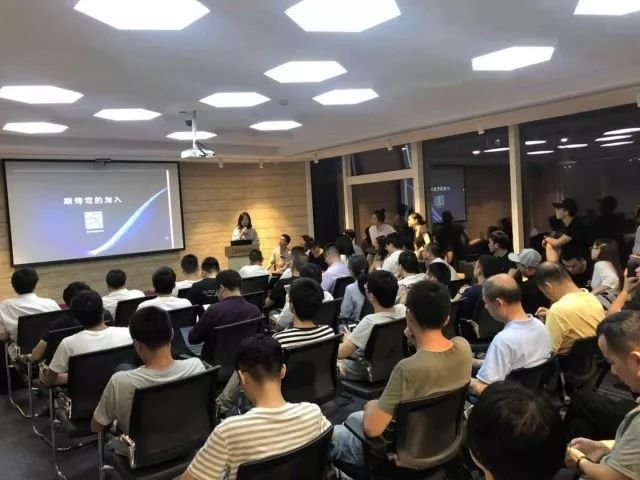
On June 19, Anthurine Xiang, CMO of QuarkChain, and Yaodong Yang, Research Scientist at QuarkChain, met community members, developers, and entrepreneurs in Hangzhou to discuss the development of blockchain technology. This meetup attracted a lot of attention from blockchain community in Hangzhou.
Yaodong Yang not only explained what QuarkChain is but also introduced QuarkChain’s innovative blockchain structure design, which aims to satisfy the needs of global businesses via blockchain technology. In addition to that, he answered a lot of technical questions from people at the meetup.
Regarding the next steps for QuarkChain, CMO Anthurine Xiang said that the exchange is only a small step for the milestone of QuarkChain. Building the ecosystem is the upcoming major one. If we say the valuation of dApps and protocols is like the company, then the valuation of public chains is more like a country. The better the ecosystem is, the higher the valuation of that public chain is. In addition to the partners we have already seen at the Shanghai meetup such as Bodhi, Playtable, Tripio, and Covalent Chain, there will be many more projects joining our Beijing meetup on July 7th. QuarkChain is still a startup and it has a long way to go. We really appreciate all the investors and token holders who have supported our development.
1.2 Shanghai Jiao Tong University, China
Shanghai Jiao Tong University is one of China’s most well-known universities. Located in Shanghai, it has been referred to as "The MIT of the East" since the 1930s. CEO Qi Zhou and CMO Anthurine Xiang are alumni of Shanghai Jiao Tong University.
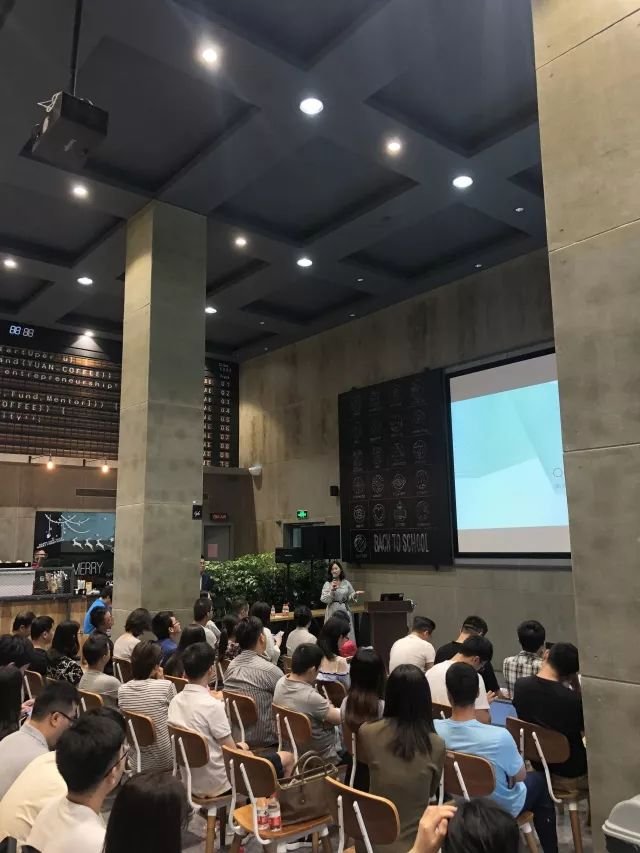
On June 24, QuarkChain and D11 Capital came to 1896 coffee shop in Shanghai Jiao Tong University to meet with community members and discuss blockchain technology and entrepreneurship.
Many alumni working in traditional industries also attended the meeting on that day and talked about how they would solve some real-life problems with blockchain technology and collaborate with QuarkChain to help companies in traditional industries. This meetup also attracted many talents from different industries. Many of them showed interest in QuarkChain and wanted to be a part of the team to support the whole blockchain world.
1.3 Singapore
QuarkChain team held two meetups in Singapore on June 27 and June 29 respectively.
QuarkChain founder and CEO, Qi Zhou, delivered a brilliant speech entitled “QuarkChain Technology and Global Ecosystem Development” on June 27th, at Wework. QuarkChain CBO, Ting Du, and scientist Yaodong Yang also shared their opinions at this meetup.
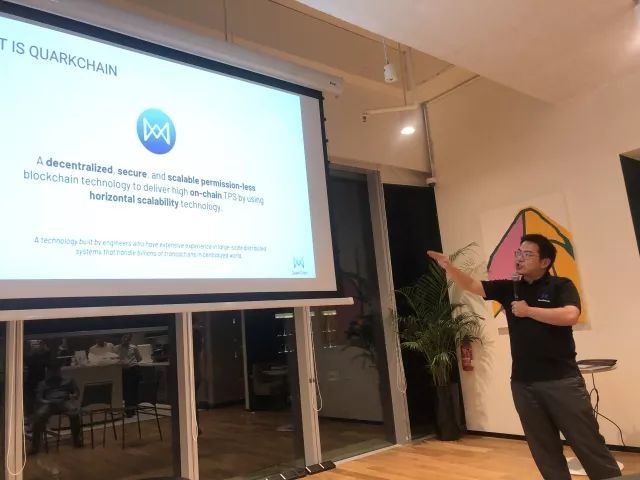
Many people were interested in the difference between QuarkChain and Zilliqa in the meetups because Singapore is where Zilliqa resides. According to Zilliqa’s whitepaper, Zilliqa does network sharding and transaction sharding, but not state sharding. QuarkChain does network sharding, transaction sharding, and state sharding. Thus, Zilliqa’s shards need to store the accounts of all chains while QuarkChain’s shards only need to store the accounts of that shard. When TPS is high, the system can get overloaded in a relatively short time if every node needs to store the accounts of all chains.
Our team also replied to the question raised by the community on how QuarkChain builds its own ecosystems and takes the lead in the public chain field.
We concentrate on the dApp ecosystem and aim to develop our “star dApps”. Currently, we are collaborating with more than 15 dApps in the fields of economics, gaming, traveling, and chemistry. We will announce a detailed list of names at the Beijing meetup.
We especially pay attention to the developer’s ecosystem and provide technical support for QuarkChain-based dApp developers. Additionally, we hold hackathons to bring together top developers on blockchain.
Another question that the audience raised was why QuarkChain chose sharding technique for blockchain. Our team also answered this question in detail: Sharding is currently the most feasible way to improve chain throughput. It solves the problem of scalability and throughput. In addition, even when the mainnet is released, re-sharding is possible. It has mentioned that different consensus algorithms have different advantages and disadvantages. Which one should one choose? The good news is that each shard in QuarkChain can choose its own consensus algorithm based on its own security requirements and applications.
QuarkChain held SGInnovate with partner Morpheus Lab on June 29, which attracted 100 investors, media, and project representatives to come and discuss blockchain technology.
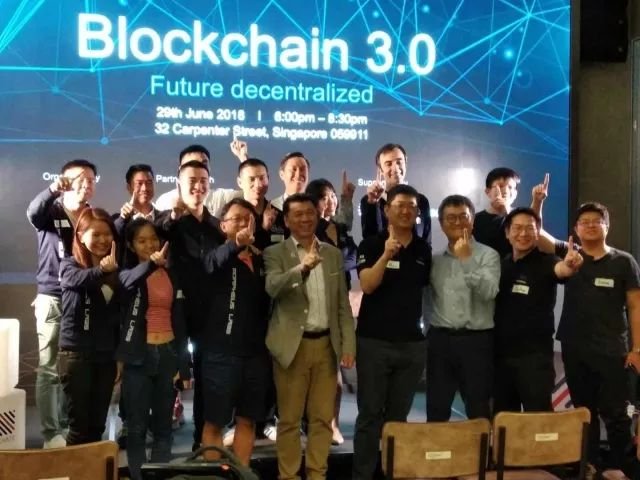
Morpheus Lab’s Co-founder introduced his company's project and carried out a demo of their testnet at this meetup. After that, QuarkChain’s founder and CEO, Qi Zhou, delivered a brilliant speech and the founder of PlayTable, one of QuarkChain’s partners, carried out a video demo of PlayTable’s products.
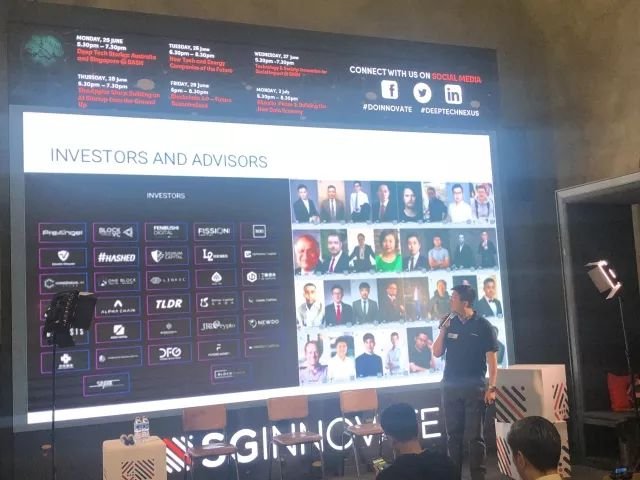
We also answered several brilliant questions raised by audiences:
How does QuarkChain protect against Double Spend Attacks?
Answer: Ethereum’s root chain utilizes a PoW consensus algorithm. Even though the hash power of system is distributed across the shards, QuarkChain’s incentives steer the system towards keeping 50% of the hash power in the root chain. Therefore, double spend attackers must create a branch of the longer root chain including the block, which means they must have more than 25% of the hash power of the whole network.
QuarkChain vs. ETH sharding?
Answer: There are two kinds of scalability. One is known as Vertical Scalability, such as enlarging a block physically; and the other is known as Horizontal Scalability. One example of Horizontal Scalability is Google’s servers at an early stage, which consisted of multiple 386 computers. They only needed to increase the number of computers to deal with heavy traffics. The largest difference between QuarkChain and ETH is the smart contract. In QuarkChain, one smart contract will be deployed in one shard. Furthermore, ETH’s sharding development moves slower because there are already lots of dApps and tokens on the Ethereum blockchain and it will be very difficult to make a change in the infrastructure of such a mature project. The technical implementation of sharding varies greatly amongst sharded systems: Google’s sharding is different from Facebook’s, and projects may use different sharding methods even within the same company.
Why choose to run an app on QuarkChain’s public chain?
Answer from Playtable: Gaming has the highest demands for TPS and an excellent game needs to run on a public chain with high TPS. PlayTable has sufficient confidence in QuarkChain’s technology and marketing. We strongly believe that the combination of PlayTable and QuarkChain will bring players the best gaming experience.
In these two meetups, we felt extremely honored to meet so many enthusiastic community members and answer their brilliant questions. The community is one of the keystones of the blockchain. Technology determines the height of the project, but the community decides how far a project can go.
1.4 Blockchain Connect Conference at Silicon Valley, US
QuarkChain’s founder and CEO, Qi Zhou, participated in Blockchain Connect Conference 2018 at Silicon Valley and exchanged opinions with other CEOs and investors in the blockchain industry.
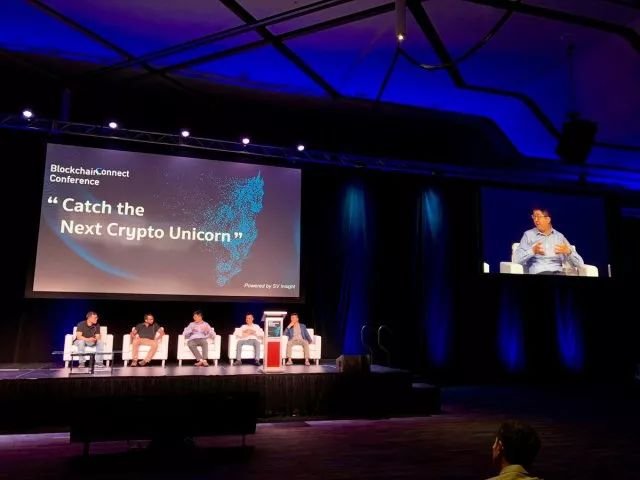
Qi Zhou said at the conference, “One of the key factors preventing current blockchains from being scalable is the infrastructure design. QuarkChain circumvents this limitation by horizontal scalability and innovative sharding design and thus will achieve 100,000 TPS.”
2. Strategic Partnership
After Qi Zhou became an advisor to DREP foundation, DREP became the first project to raise money through QKC. There will be more blockchain projects using QKC to ICO soon. Please stay tuned!
DREP(Decentralized Reputation System)is a decentralized solution based on blockchain technology that quantifies and tokenizes online reputation for trading, investment, and data sharing purposes. DREP Foundation aims to empower Internet platforms to solve their pain points, restructure their value ecosystem, and facilitate their transition and acceleration via reputation-centered tokenomics and blockchain technology.
The partnership also consists of sharing protocol architecture and working towards promoting interconnectivity between blockchain networks and internet platforms with the long-term goal of enabling internet platforms to quantify, monetize, and share reputation value.
3. New Faces
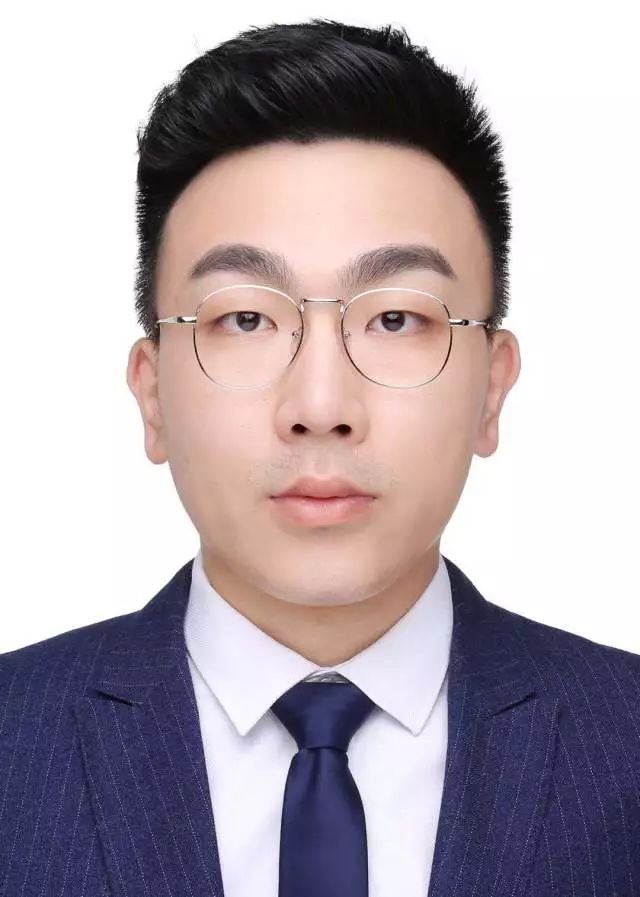
Jason Han received his Bachelor of Science (BSc) Degree from University of Southern California (USC) where he majored in Computer Science and Business Administration. Then he entered Carnegie Mellon University (CMU) and received his master degree in Computational Finance. Prior to QuarkChain, he worked as an investment analyst at CITIC Construction Investment Securities.
5. Development Progress
- Switched the Python implementation from CPython to pypy which speeds up Python code execution thanks to its Just-In-Time compiler. This is a simple and effective way to improve the performance of our blockchain servers written in Python.
- Replaced our key-value store LevelDB with RocksDB which offers better performance and richer configuration options. In pypy with python-rocksdb we have seen at least 2x IO improvement over plyvel (a LevelDB wrapper).
- Automated the deployment of QuarkChain network on Amazon EC2. Now we can deploy a QuarkChain network on Amazon EC2 with an arbitrary number of clusters and shards through a simple command on our laptops.
- Added monitoring to the P2P network and visualized the network topology.
- Modified the testnet UI to prepare for launching the public testnet.
FYI:
- We open our official Reddit account now! Welcome to subscribe us, post there and ask us questions at https://www.reddit.com/r/quarkchainio/!
(NOTICE: our website URL ends in r/quarkchainio, NOT r/quarkchain!) - We also have a new Medium account: https://medium.com/@quarkchainio! Welcome to continue following us and posting comments!
Thank you for reading the 8th QuarkChain Weekly Report! The QuarkChain community appreciates your support!
Website
https://www.quarkchain.io
Telegram
https://t.me/quarkchainio
Twitter
https://twitter.com/Quark_Chain
Steemit
https://steemit.com/@quarkchain
Medium
https://medium.com/@quarkchainio
Reddit
https://www.reddit.com/r/quarkchainio/
Weibo
https://weibo.com/QuarkChain
Coins mentioned in post: